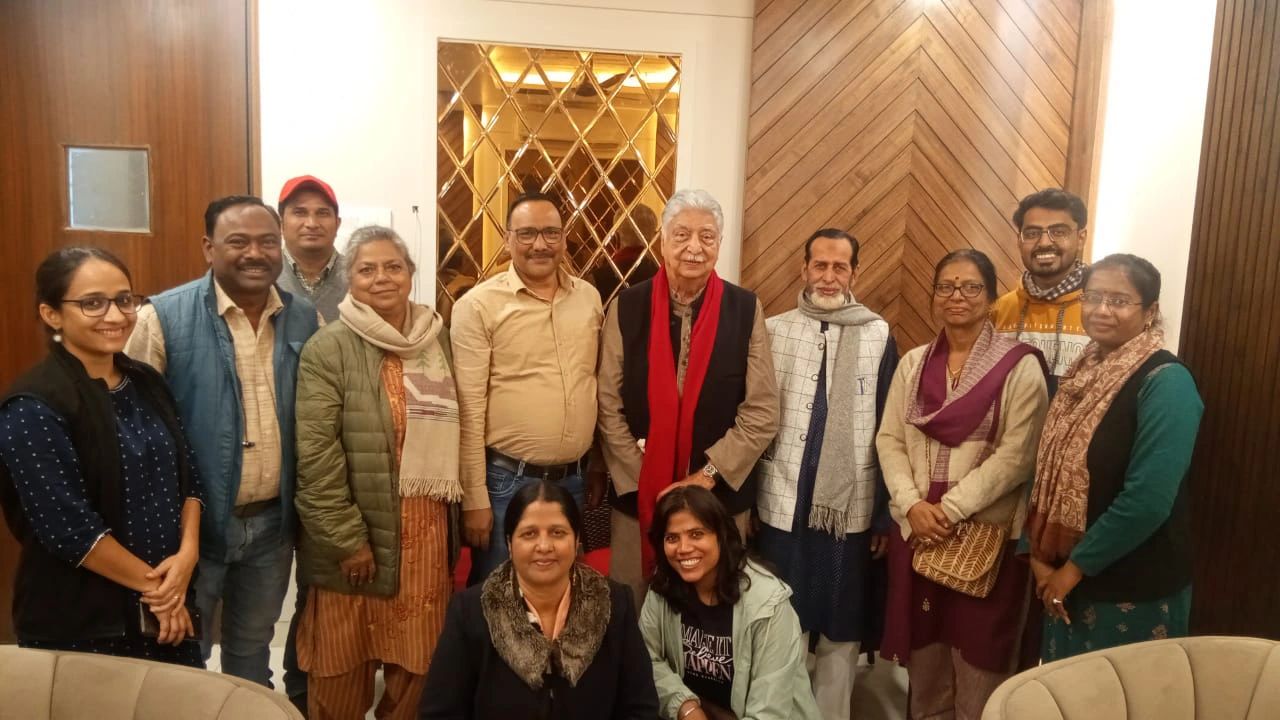
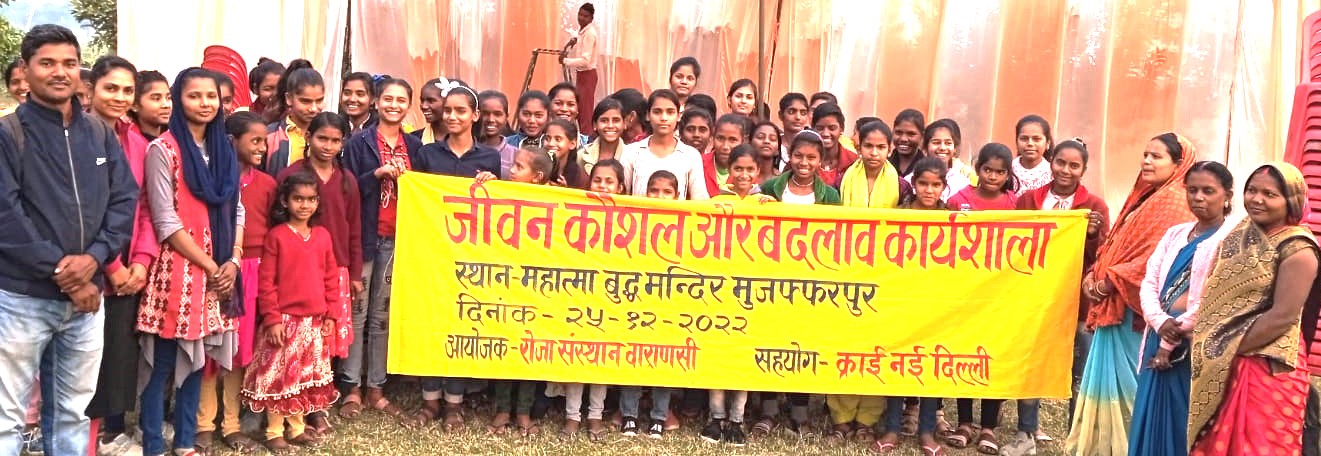
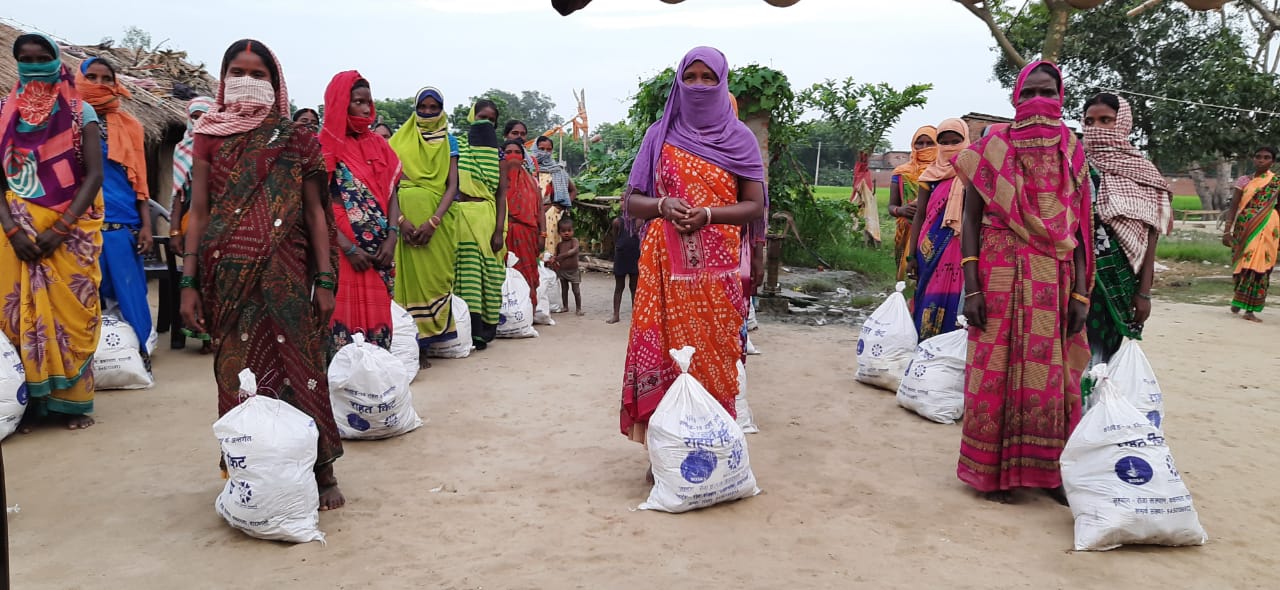
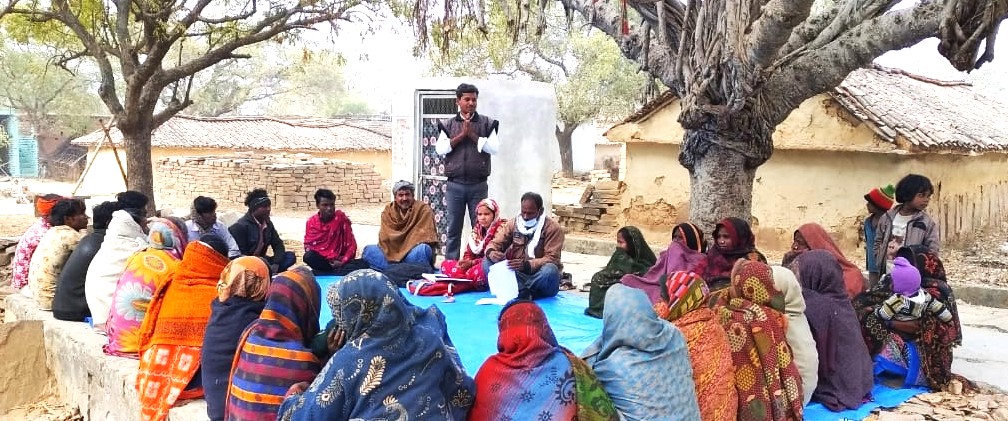
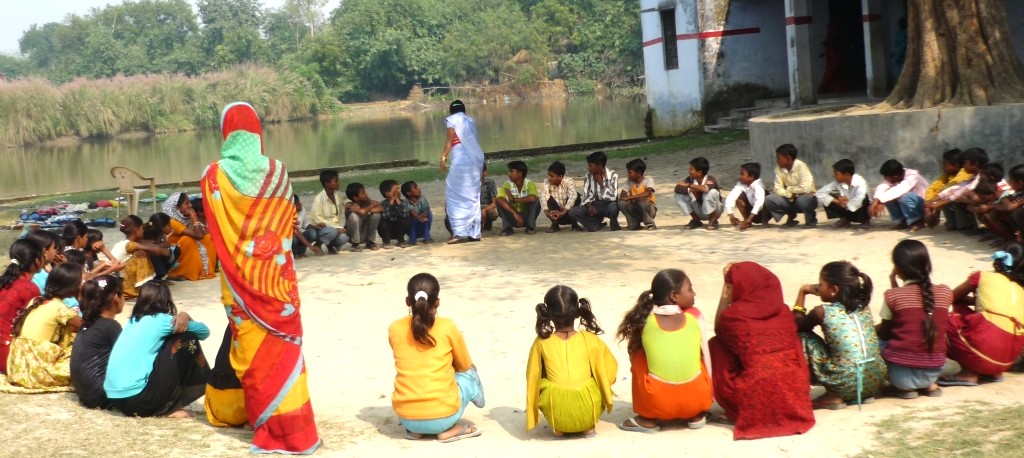
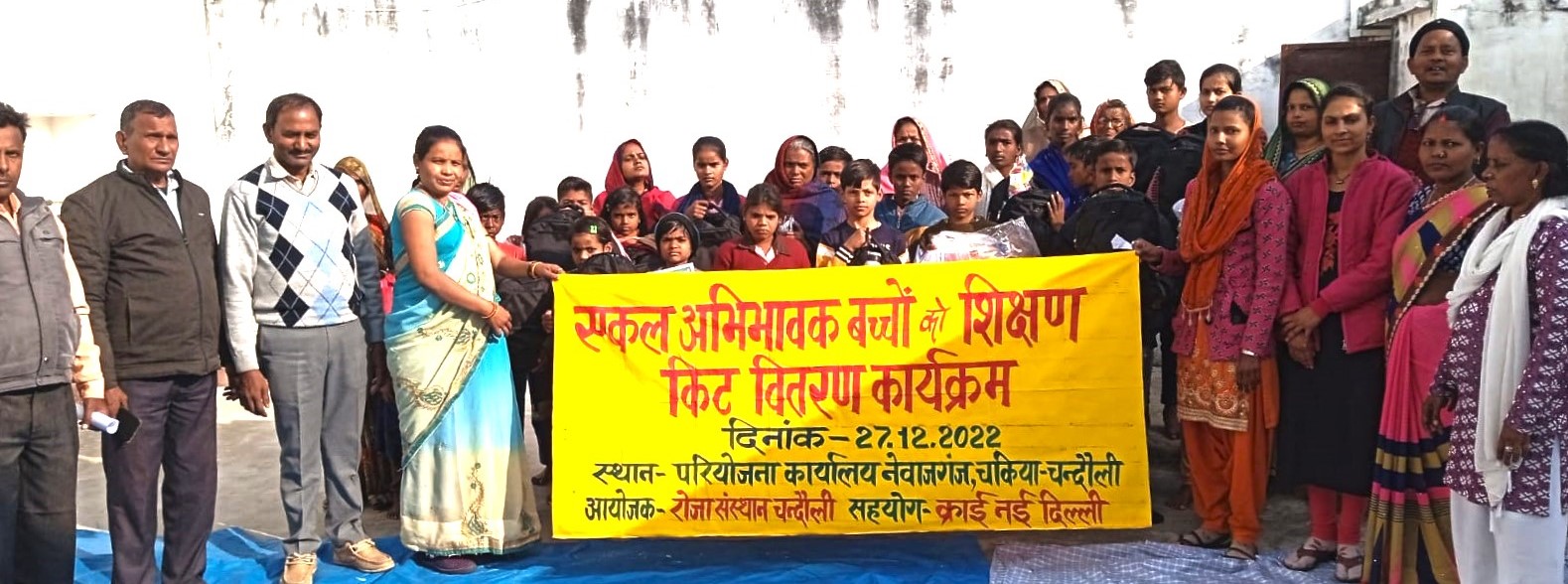
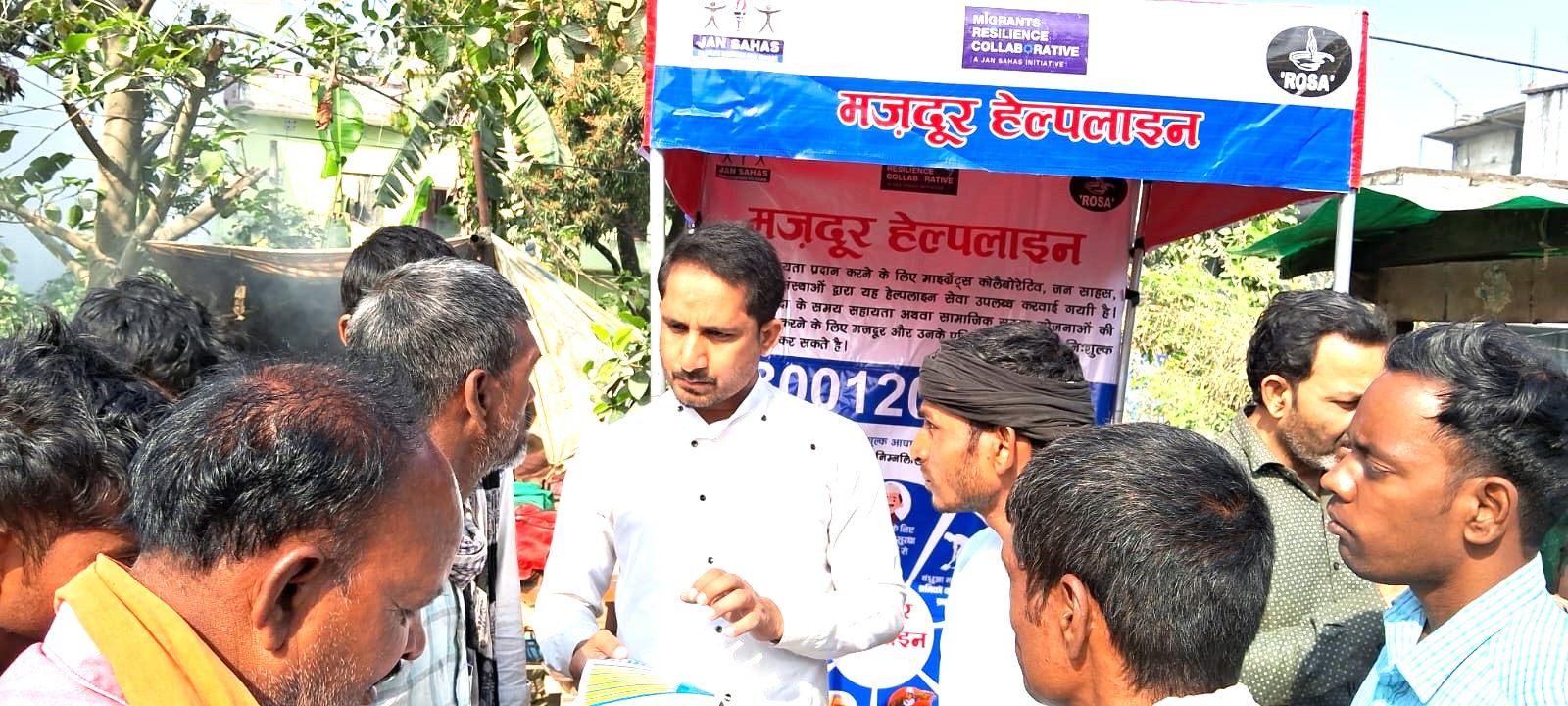
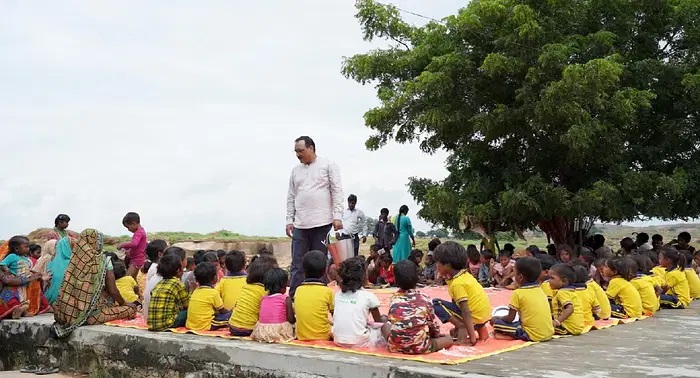
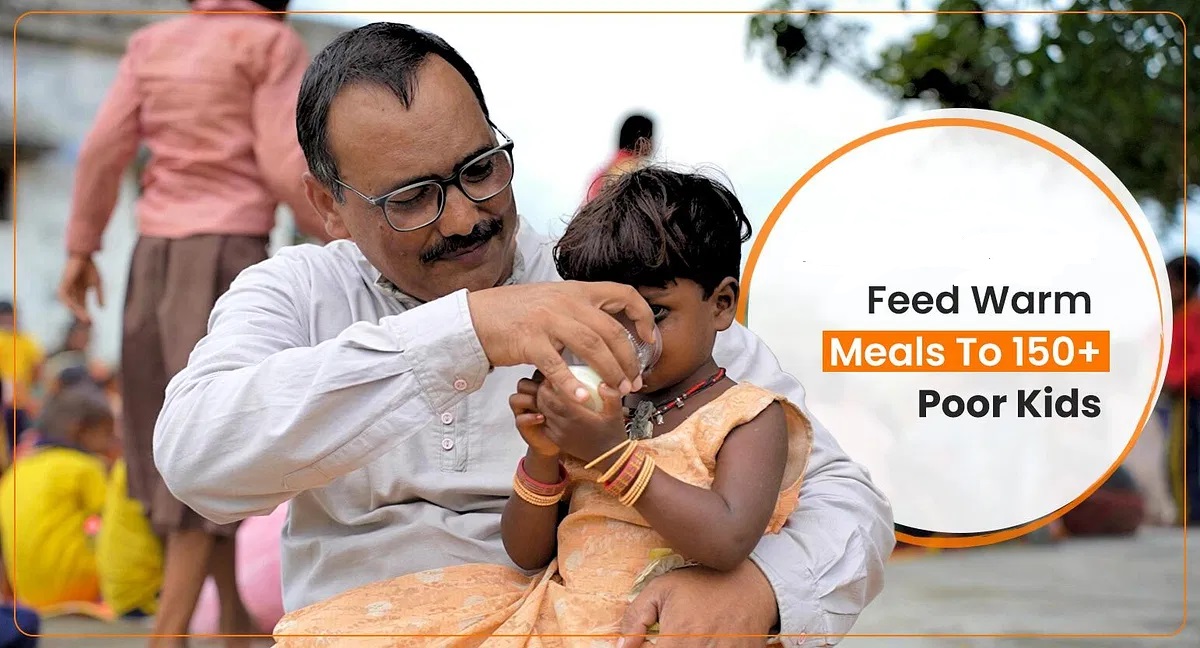

ROSA, Chandauli, UP
CASE STORY on Menstruation Hygiene
BASIC INFORMATION: -
The project is being run on the issue of health and nutrition in 26 revenue villages under 11-gram panchayats of development block of Chakia and Chandauli district of Uttar Pradesh. In which health services are provided with knowledge building, awareness, skill development to adolescent girls, pregnant women, lactating women and children up to 5 years of age. The project comes under forest area and revenue area. Some area is hilly and some plain. The people of the mixed community living in this area are Dalit and backword communities is the main target group of the project.
STATUS OF THE CHILDREN AND COMMUNITY IN THE PARTICULAR VILLAGE AREA: -
Minority communities, scheduled castes, backward castes and general caste people reside in this project area. Social and economic conditions differ depending on the community. The conditions of the Musahar community, especially under the Scheduled Castes, are more challenging. On the basis of social conditions, the condition of the children of that community is also similar, such as the challenges of access to government health services of the children of the Musahar community, high malnutrition, negative thinking of the service providers towards the particular community, the feeling of untouchability, drop out and in schools. Reduced stay in villages so that compulsion of the family towards child labour as well as the existence of child and girl marriage. On a rough basis, we find that the Musahar society is leading the most challenging life in this area.
DESCRIPTION OF THE PROBLEM (PARTICULAR CHILD / CHILDREN / FAMILY / COMMUNITY): -
The biggest challenge in this area is because the Musahar community resides in the forest area, the place where they are living is not theirs. Therefore, the opportunity for their development is closed. The benefits of government schemes are not available on that land. Due to limited employment opportunities, there is migration of families due to which they are cut off from the process of development. To reduce the challenges of migration, there is an effect of child labour, child marriage, drop out from education, distance from Anganwadi, malnutrition in children as well as anaemia in women. Under the pressure of all these challenges, a negative thinking has developed on the issue of development in the family, community, due to which they do not believe in any development process and keep distance. But the challenges of other communities of the society are also similar. The difference is that the family and community which have land, employment resources, education, they play a part in their own challenges as well as in the processes of development. Due to which they are on the path of progress.
CRY INRERVENTION-
CRY project in this area was started in April 2017 with 08-gram panchayats and 16 revenue villages. The main issue of this project is health and nutrition. Under which adolescent girls, eligible couples, pregnant women, lactating women and children are the target groups. The focus point of this project is to make access of government health and nutrition services to the beneficiaries and access services to the beneficiaries so that children can get their rights in time. In this sequence, in 2019, the work of providing health services to the target community through counselling and monitoring centre (CMC) was also started so that the demand could increase by providing a model of health and nutrition in the community.
Case story-
Roshani Bano is a resident of Muzaffarpur, Gram Panchayat of Chakia development block, of Chandauli district of Uttar Pradesh. Its age is 14 years and student of class 8 in government school. In the meetings of the Kishori group, project worker Pooja Maurya provided information on the issue of menstrual hygiene and disease prevention at different times. Under the campaign to break silence on the issue of menstruation, the local girls' schools were sensitized on the issue and along with information to the girls, pads were distributed from the school. Project team were given information in girl groups and schools about menstrual hygiene and life skills training was provided to the girls. During this, project also showed a video based on menstrual hygiene to the girls as well as an exhibition was also organized. Roshani told that when she was in class 7th, she had her first period. When she told her mother in panic, she found an old cloth which she used. At that time, due to hesitation and lack of information, the demand for clean pads was not made. Roshani asked for pads from her mother after learning of project initiatives in girls’ group and school’s camp. On insisting, the mother parchaged him from the market and gave him a pad and now she uses the pad. Gives advice about pads to the girls studying in the class with her.
OUTCOME / IMPACT: -
Roshani told that now most of the girls of my class have started demanding pad during the period in their mother. Now the female teacher of my school has started talking about the use of pads.
SUSTAINABILITY OF THE INTERVENTION/ CHANGE/ IMPACT: -
By identifying bright children, adolescent girls and women in each village of the work area by the project, providing them with information, capacity and ability on the issue of health and nutrition as champions and community health mobilizer, through hand held support to the target community in that village. Work practice is done with them so that they can establish themselves as volunteers for sustainable initiatives on this issue in their village. So far, 35 community health mobilizers, 30 champion children and 35 champion adolescent girls are actively taking initiatives in the community by the organization.
KEY LEARNING: -
We have found during our work that if the consciousness of the needy is motivated by his previous social/personal contribution, then the needy gets involved in the trust development process. His participation increases and he starts motivating other people too.
VOICES FROM THE FIELD: -
The initiative of the project has increased individual and community demand from local service providers on health and nutrition issues. The needy communities have reduced their dependence on others for their development. Children, adolescent girls have seen more activity and initiative in this process.